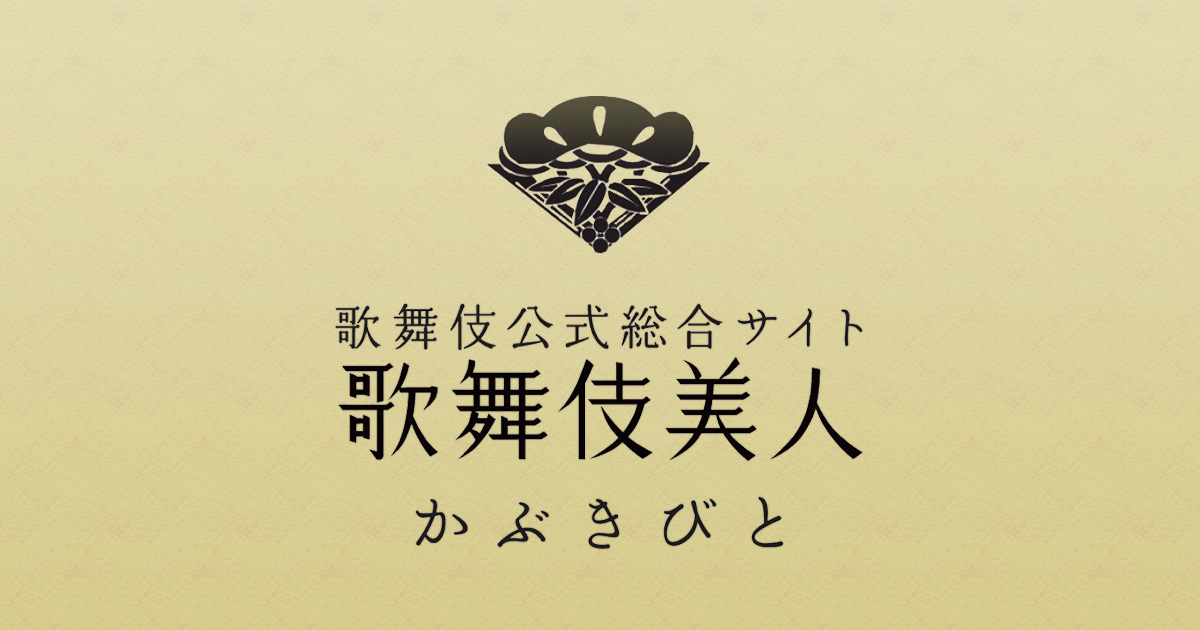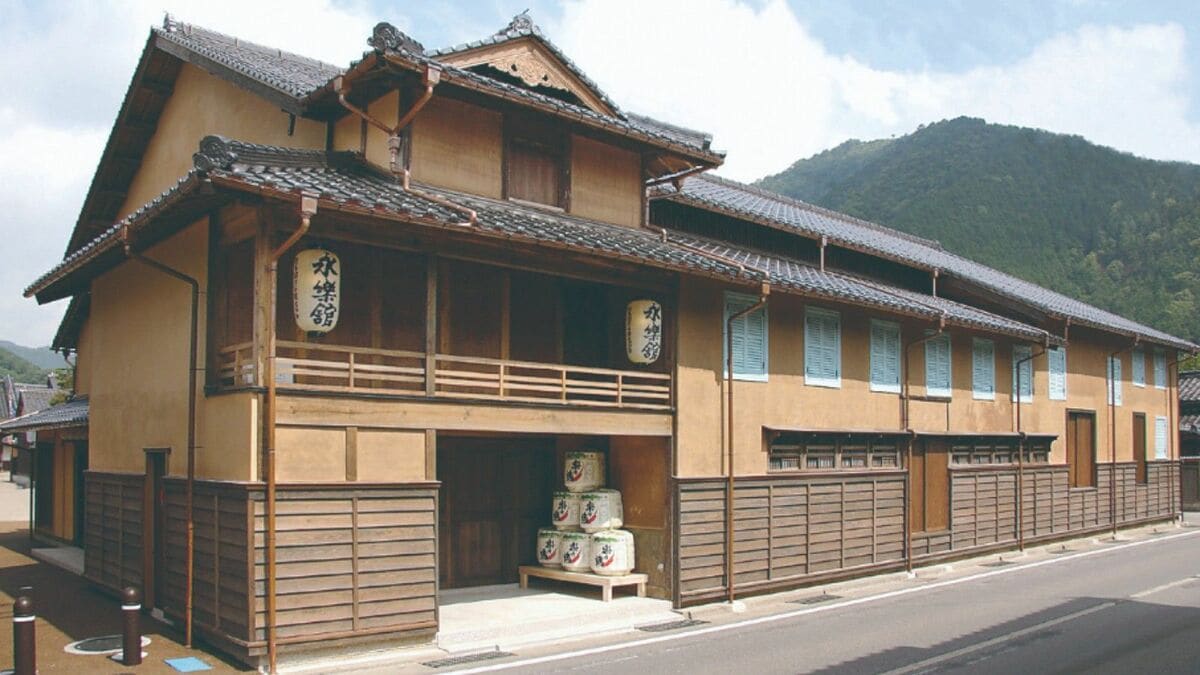“KOKUHO (National Treasure)” encourages viewers to think about what makes traditional performing arts special and why this film stands out. Even two months after its release, people are still talking about it, and it’s close to reaching 10 billion yen at the box office. This remarkable achievement places it among the top-grossing Japanese films, such as “Weathering with You,” which earned a comparable amount in a similar time frame. By contrasting its box office success with other recent films, we can appreciate its impact within Japanese cinema. Watching this film is a great way to experience the unique world of Kabuki.
Three Hours of Ecstasy, Transcending the Boundaries Between Stage and Screen
Even though ‘KOKUHO’ runs for almost three hours, its stunning visuals and strong performances make the time fly by. The film is more than just a story; it draws you in with powerful images. Every scene is filled with energy, thanks to the use of color, light, shadow, texture, and sound. A prime example is a breathtaking scene where the protagonist stands alone on the stage, bathed in golden light while a haunting silence fills the theater, broken only by the subtle rustle of his costume—a moment that encapsulates the film’s aesthetic power and emotional depth.
What stands out most is how the film explores Japanese performing arts and the powerful performances that make them feel real. The movements in Kabuki, the flow of the stage, and even quick looks behind the scenes all come together to let viewers feel the depth of Japan’s traditions.
Still, this film may not be for everyone. Some people find the character relationships and background a bit hard to follow. Fans of the original story also noticed that some characters and events were left out. Even so, most agree that the actors’ performances make it worthwhile to see.
The film ‘National Treasure’ is more than just a story from a book. It’s an immersive drama that mixes tradition with modern life, stage with film, and even sound with silence. It pulls the audience right into its world.
Basic Information on the Film ‘KOKUHO(National Treasure)’
The film KOKUHO is based on the novel by Shuichi Yoshida and features an epic storyline. The protagonists are Kikuo and Jiro, two men tossed about by fate, and the film depicts how their lives intersect. In writing this lengthy novel, Yoshida reportedly spent three years working behind the scenes in kabuki, entering dressing rooms and experiencing firsthand the daily lives and struggles of actors and staff. This experience resulted in a masterful work that vividly captures the reality of the kabuki world and the breadth of its characters. This marks the third collaboration between director Sang-il Lee and Yoshida, following “Villain” and “Rage,” contributing significantly to the deep resonance between the original novel and the film adaptation.
The History of Kabuki
The history of kabuki is counted among Japan’s traditional performing arts as a magnificent cultural heritage. Born and developed during the early Edo period, this stage art has captivated countless people with its actors’ overwhelming expressive power and beautiful staging. Kabuki has been passed down by renowned actors such as the Yoshida and Nakamura families, and its appeal remains unchanged to this day. In recent years, collaborations with film and other media have increased its international recognition. A notable recent example is director Masanori Inoue’s “Cinema Kabuki: Onna Koroshi Abura Jigoku.”
Throughout history, kabuki has been positioned as a symbol of Japanese culture, with many productions designated as national treasures. Notably, kabuki performances frequently staged at the Kabuki-za theater are among the most famous.

What is Kabuki’s Onnagata(wearing female clothing)?
Onnagata is a uniquely Japanese style that has endured since the inception of Kabuki. By having men portray women, it creates a stylized “ideal image of womanhood” rather than imitating real women. Consequently, there exists a thoroughly refined “form” encompassing every movement, the direction of the gaze, vocal delivery, and even the way costumes are worn. A striking example is the precise hand movement known as ‘mune no ito,’ where the actor draws an invisible thread across the chest, evoking a subtle expression of elegance and grace. Additionally, the vocal inflection ‘mekurumeku’ delivers a soft, dream-like quality that further enhances this idealized portrayal. To master this “form,” actors undergo rigorous training from a young age, passing down these skills through generations.
An Alluring Cast and Crew
The film “National Treasure” boasts a cast led by Yoshizawa and Ganjiro, whose performances define the film. The story also weaves in Hanjiro Hanai (Ken Watanabe) and Harue Fukuda (Mitsuki Takahata).
The Soul’s Quest for Authenticity Etched into KOKUHO(National Treasure) —Two Actors Who Lived in Light and Shadow
At the heart of the grand narrative of the film ‘National Treasure’ are Kikuo Tachibana and Shunsuke Ogaki. Their lives, as they strive for the pinnacle of the Kabuki world, reveal glory, setbacks, and the ultimate sacrifice.
The narrative primarily follows Kikuo. Born the son of a yakuza boss, he later enters the traditional performing arts of kabuki alongside Shunsuke under the tutelage of kabuki actor Tachibana Tanjiro. Yet behind this glory lies a tale of making a pact with the devil, depicted as a story where he sacrifices everything until he becomes hollow.
The film portrays a man who dedicates his life to his art. He ends up lonely but is honored as a “Living National Treasure.” The story ends with him surrounded by light.
Kikuo’s entire life unfolds over three hours in this weighty story, but one thing the writer found unclear was his relationship with Akiko. His relationship with Akiko causes Kikuo to temporarily fall from grace, but the fall and his connection to Akiko felt somewhat abrupt. Honestly, relying solely on the film left me feeling it lacked sufficient explanation and caused confusion.
Kikuo Tachibana: The Man Who Reached the Summit of National Treasures
Kikuo was born the son of a yakuza boss and faced a tough life. He became the successor to Kabuki actor Tachibana Tanjiro and found his place in traditional performing arts. Without a famous family name, he worked extremely hard, sometimes at great personal cost. He gave up family, love, and even part of himself to reach the top. Though he became a “Living National Treasure,” his story shows the loneliness behind his success.
Shunsuke Ogaki: The Man Born into a Kabuki Dynasty
Shunsuke was born into a respected Kabuki family but chose a risky path instead of following tradition. He wanted to be a true actor, so he left behind his family’s status and faced poverty with his partner, Harue. His passion for his art was clear, but society did not always value his choices, and as a result, his health suffered. His sad ending prompts viewers to reflect on what it truly means to be an actor, beyond mere fame.
Director and Production Staff of the Film ‘KOKUHO’
Director Lee Sang-il helmed the film ‘National Treasure’. This marks his third adaptation of a work by author Shuichi Yoshida, the original novel’s writer. Having previously masterfully brought Yoshida’s literary worlds to life in masterpieces like ‘Villain’ and ‘Rage’, the strong bond of trust between the two creators was once again evident in this project.
The screenplay was written by Satoko Okudera, a veteran of animated film production. She has penned scripts for numerous acclaimed anime films, including The Girl Who Leapt Through Time and Summer Wars. She skillfully adapted the distinctive third-person narrative style of the original novel for the film script, successfully deepening the portrayal of the characters’ inner emotions.
Highlights and Background of the Film “KOKUHO”
Kabuki features a wide variety of plays, and we’ve compiled the plays that appear in the film. Understanding these plays will help you appreciate the charm of the film “National Treasure” even more.
連獅子(Renjishi): A dance drama based on Noh theater, depicting the story of the “Lion’s Valley Fall,” where the parent lion pushes the cub into a valley and forces it to climb back up on its own. It is portrayed at the beginning of the film as a performance featuring both parent and child.
娘道成寺 (Musume Dōjōji): This dance drama is based on the legend of a woman who turned into a snake out of anger toward a monk who betrayed her. In the film, Kikuo and Shunsuke perform as the two Dōjōji. They portray the characters from their youth, and later, Kikuo takes the stage alone, symbolizing the fate that awaits the two.
The poster features a scene of the two facing each other from the Musume Dojoji. The Shirabyoshi dance, the town maiden’s dance, the flower maiden, the maiden in love, and the bell-ringing scene are particularly memorable dance sequences within the play.
曽根崎心中Sonezaki Shinjū: A story based on an actual incident from the Edo period, originally adapted from puppet theater into a Kabuki play. The famous scene where Ohatsu, protecting Tokubei, conveys her resolve to die by suicide with her feet appears in the play. In the film, this scene is reimagined and used as a moment where Kikuo and Shunsuke’s emotions intersect.
鷺娘 (The White Heron Maiden): The White Heron Maiden: A dance depicting the spirit of a white heron falling in love with a human woman and dying of grief over unrequited love. Characterized by minimal dialogue, its sorrow is expressed through exquisite dance movements. As Kikunosuke’s final dance, designated a National Treasure, it portrays the very essence of his soul.
Film Locations as Cultural Assets
The film “National Treasure” features numerous settings. Among them is the “Izushi Eirakukan” in Izushi, Toyooka City, Hyogo Prefecture. Izushi is known as “Tajima’s Little Kyoto.” Due to factors like the absence of railways since the Meiji period, the town has preserved its old streetscape intact.

Summary: The Miracle of Japanese Entertainment and Show Business
The film ‘KOKUHO’ is changing the story of Japanese live-action movies. Even after two months, it continues to draw crowds and is close to earning 10 billion yen at the box office, a feat no Japanese live-action film has achieved in 22 years. The team’s passion and the film’s visuals help viewers connect with the heart of performing arts.
While some found the story challenging, the actors’ compelling performances overshadow these critiques. The fusion of kabuki structure and modern emotional expression creates an intensity that captivates viewers.
The film’s success is also symbolized by its fervent support from younger audiences, particularly women in their 20s and 30s. Many viewers were drawn to theaters, likely resonating with the two young men as they faced life’s trials while encountering the profound depth of traditional performing arts.
The film ‘KOKUHO’ will likely be remembered as a major work in Japanese cinema. Its artistry and emotional power are sure to leave a lasting impression for years to come. As viewers walk away, they may find themselves grappling with profound questions about the sacrifices made in the pursuit of artistic excellence and the true meaning of dedication. This lingering reflection invites the audience to consider their own life passions and the legacy they wish to leave behind. Through such contemplation, the film extends its impact far beyond the theater, continuing to resonate in the hearts and minds of its audience.





